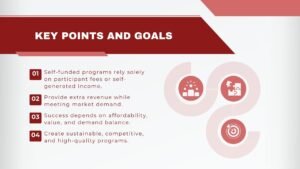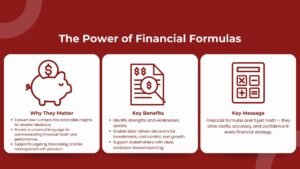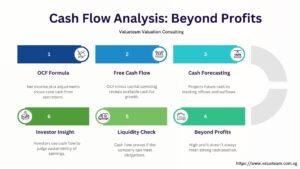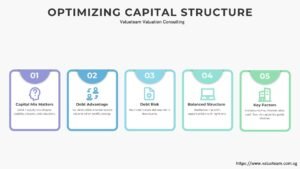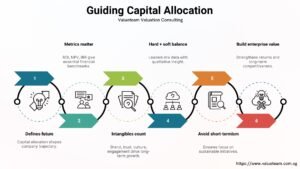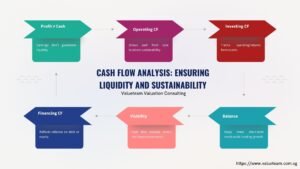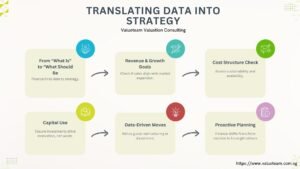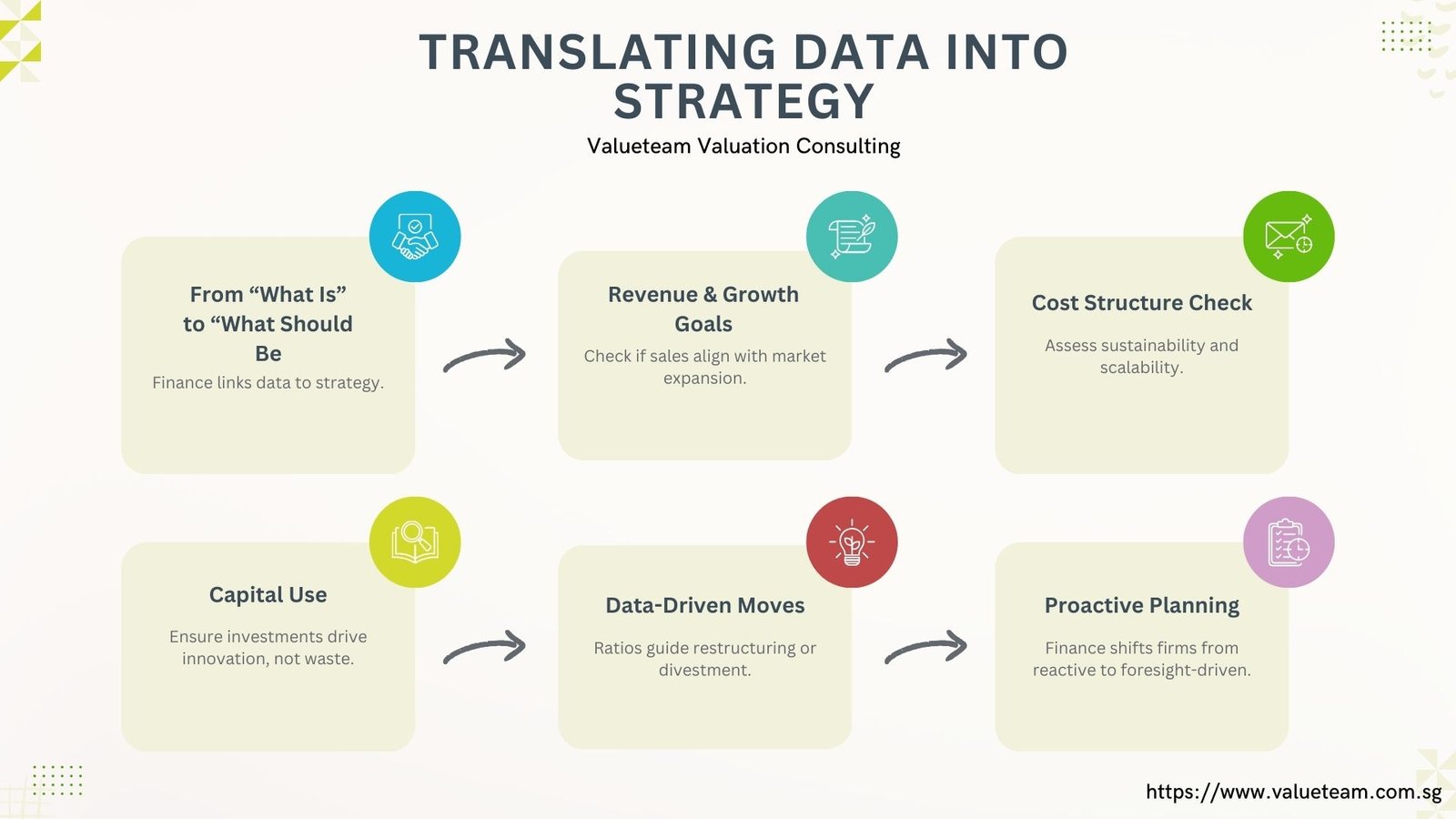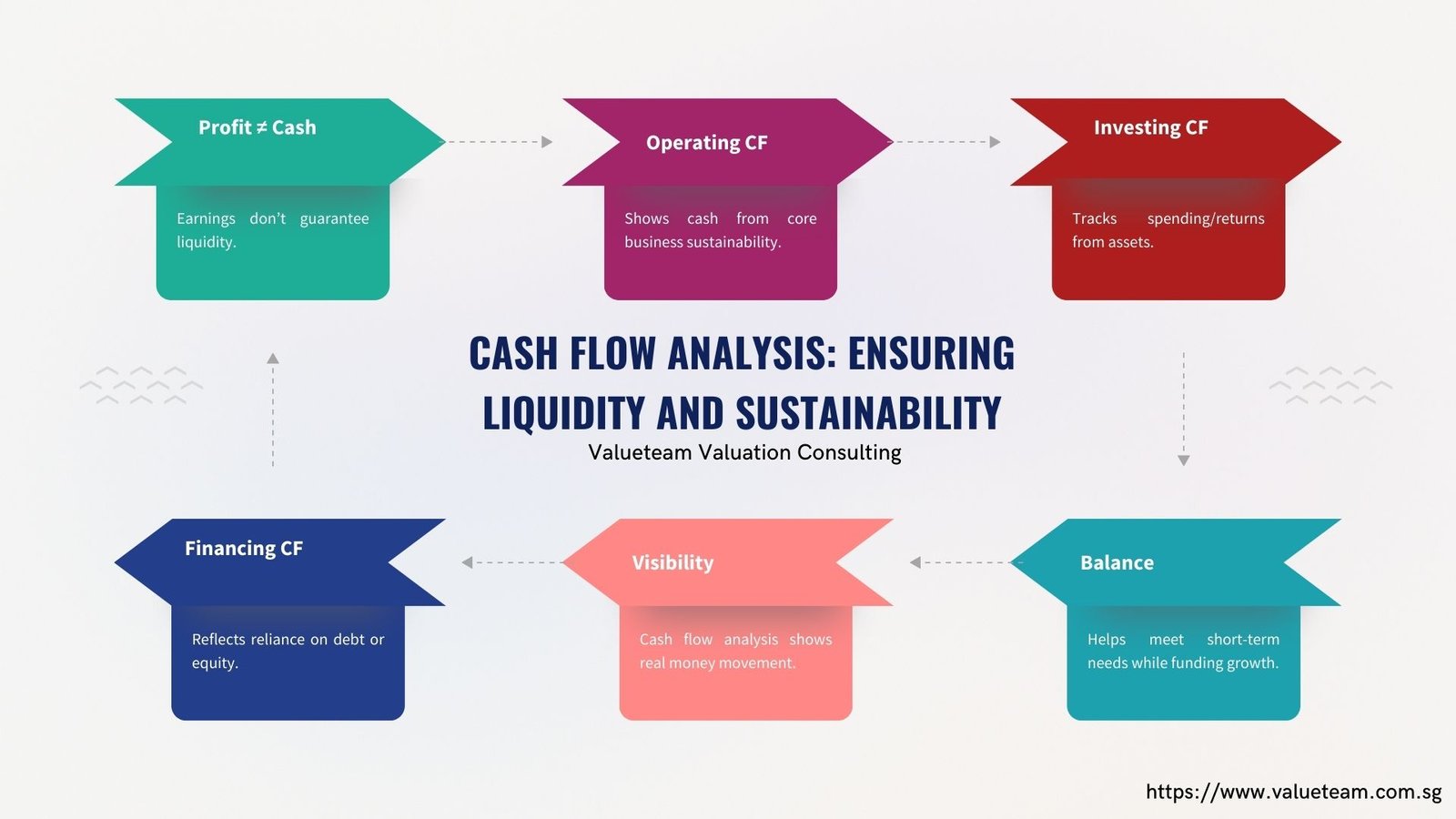
Better Key Financial Tools for Managers Singapore: Ratios, WACC, and Cash Flow
Better Key Financial Tools for Managers Singapore: Ratios, WACC, and Cash Flow
Introduction: Turning Numbers into Strategic Insights
To the managers, finance is more than mere reporting exercise, it is one of the decision-making tools kits. Be it the operational efficiency evaluation, the opportunity to weigh investment opportunities, or planned growth, there are some financial tools that can be singled out as important. Three of the most fundamental among them are the financial ratios, the Weighted Average Cost of capital (WACC) and cash flow Analysis. They combine to give managers insight into performance, capital costs and liquidity- so that they make smarter and data driven decisions.
When employers learn to utilize these tools, they do not have to rely on surface reporting but they can utilize the financial data to unearth costs and benefits, complaints as also the strengths that they can employ in making long term decisions. We shall discuss how both of them work and why they are essential in management.
Financial Tools for Managers Singapore Ratios: Measuring Performance and Efficiency
Financial statement modeling Singapore ratios simplify data which is complex into simple and comparable data. They assist the managers in assessing profitability, liquidity, leverage and efficiency in a clear manner that is accessible and actionable. As an illustration, profitability ratios like Net Profit Margin and Return on Equity (ROE) will show how a business is making profit out of revenue.
Liquidity ratios such as the Current Ratio can help in exchange of information such as, are the finances available to meet short term commitments like the ones to cover its daily operations, in the same manner that the efficiency ratios such as the Inventory Turnover help in illuminating on whether the business is using its finances wisely.
Weighted Average Cost of Capital (WACC): Understanding Capital Costs
The cost of capital should be taken into consideration in each investment decision. The Weighted Perspective of Capital (WACC) represents the combined rate of compensation a firm needs to pay off its investors including debt capitalists and odd stock. It is simply the factor rate that new projects have to surpass so as to generate value.
Through the calculation of WACC, the managers will be able to determine whether investing or acquiring some other company is worth trying. A project whose expected value is lower than the WACC of the company would wipe out value whilst one whose value is above that level would lead to increase in shareholder wealth. Other than the project evaluation, WACC will also be used to determine optimal capital structure, since between debt and equity financing strategies, significant changes in the cost and flexibility of the funding opportunities of a company can occur.
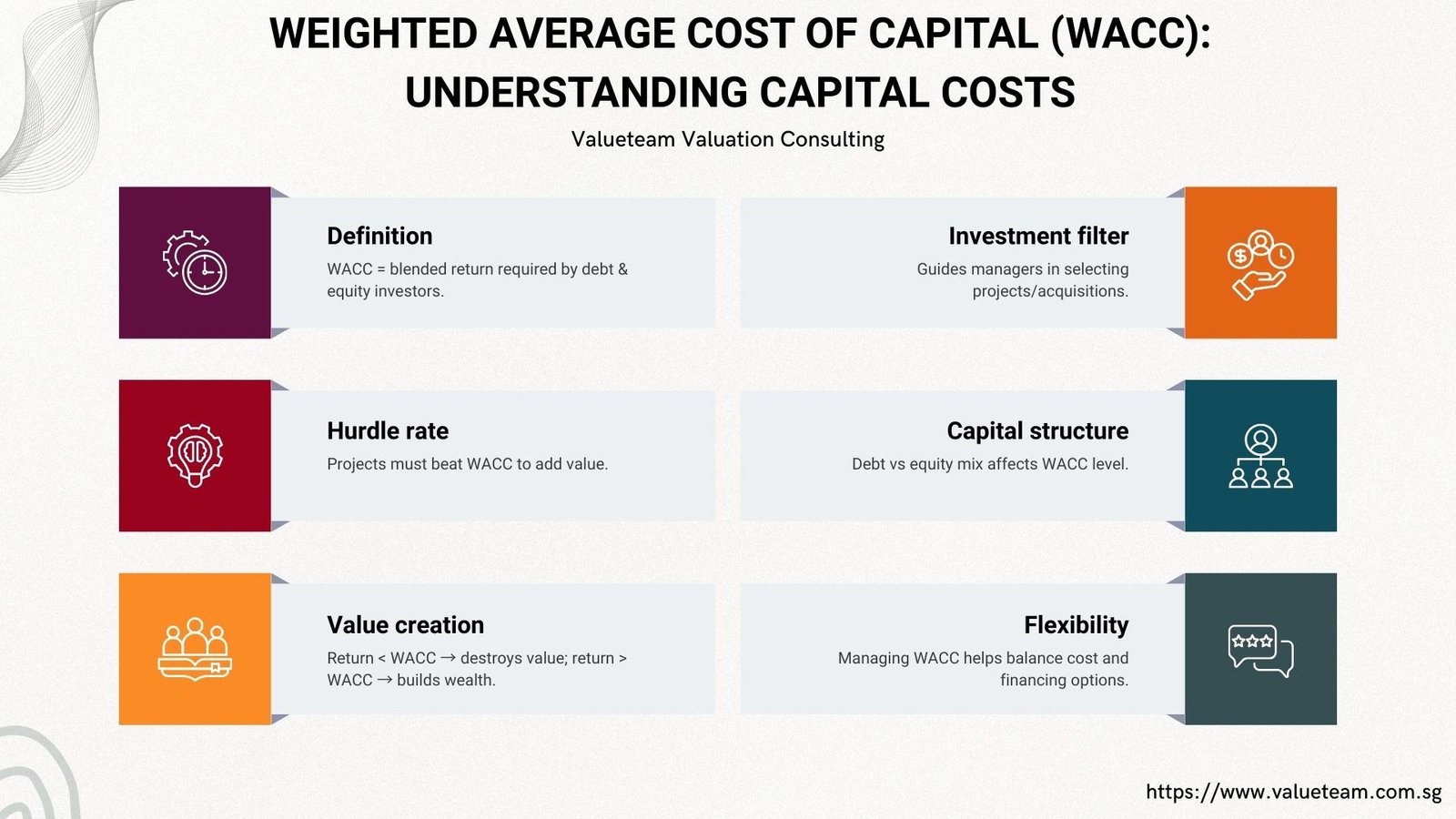
Cash Flow Analysis: Ensuring Liquidity and Sustainability
Liquidity is not necessarily profitability. There can be a company with good earnings on paper although cash crunch can prevail due to delayed receivables or increased company expenses exceeding inflows. That is the reason why managers cannot be devoid of cash flow analysis. Using the operating, investing and financing cash flows, the leaders can have a view of how money literally flows through the business.
Operating cash flow depicts whether the core business will be in a position to be able to support itself. The cash flow statement of financial has been investigated on both apple and pear tree related to investing the cash flow as it shows which amount of money is being spent intentionally and on which part or how much amounts is earned such as purchases and sales of assets; the income statement presents how much should be depended on by investors as to what will be invested in the firm preferably without the need of debt or stocks that the company owns.
A combination of these insights enables managers to optimize between growth and liquidity requirements so that temporary requirements are fulfilled without underriding long-term investments.
Conclusion: Building Stronger Financial Leadership
Managerial finance depends on financial ratios, WACC and cash flow analysis. Ratios show the picture of performance and efficiency, WACC allows measuring the investments according to the benchmark, and cash flow guarantees that the business can ensure operations and will cover development.
To fund manager financial leadership, the act of liking these tools goes beyond being a technical exercise but about the sense of becoming confident enough to make informed decisions in the face of uncertainty. With these financial levers used wisely, leaders are now able to match daily operation with the strategic goal, manage risks and generate sustainable value creations. Ultimately, these tools help to turn numbers into action, this way, managers can make the right decisions and influence.




